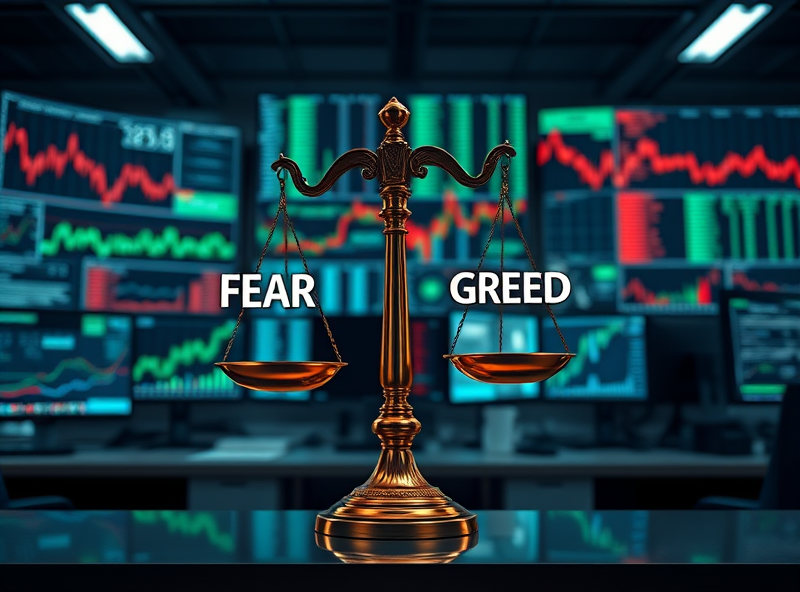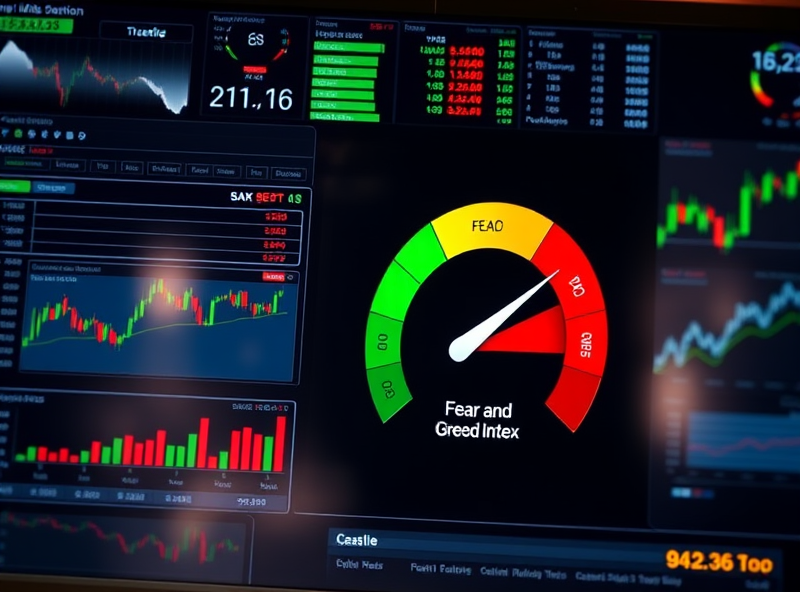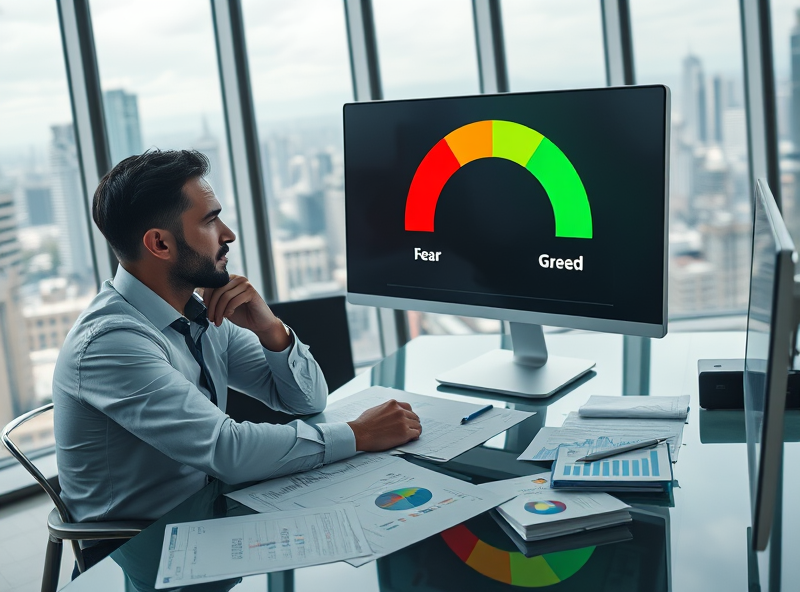What is the Fear and Greed Index?

The Fear and Greed Index is a popular tool used by investors to gauge the overall sentiment of the stock market. It measures two opposing emotions—fear and greed—that heavily influence market behavior. The index is calculated using seven different indicators, such as market volatility, stock price strength, and trading volume, among others. When the index leans towards fear, it suggests that investors are cautious, possibly signaling undervalued opportunities. Conversely, when it leans towards greed, it indicates that investors are optimistic, which could mean the market is overvalued. Understanding this index can help you make smarter investment decisions by identifying potential risks and opportunities in the market.
How the Index Measures Fear and Greed

The Fear and Greed Index is a fascinating tool that helps investors understand the emotional state of the market. It measures two primary emotions—fear and greed—that heavily influence market behavior. But how does it do this? The index analyzes seven different factors: stock price momentum, stock price strength, stock price breadth, put and call options, market volatility, safe-haven demand, and junk bond demand. Each of these factors is assigned a score, which is then combined to create an overall reading on a scale from 0 to 100. A score closer to 0 indicates extreme fear, while a score near 100 reflects extreme greed. By understanding these metrics, investors can gauge whether the market is overbought or oversold, helping them make more informed decisions. For example, extreme fear might signal a buying opportunity, while extreme greed could suggest it’s time to sell or proceed with caution. This tool doesn’t just quantify market sentiment—it empowers investors to navigate the market with a clearer perspective.
Investment Psychology Behind Fear and Greed

Understanding the psychology behind fear and greed is essential for making smarter investment decisions. Fear often drives investors to sell their assets prematurely, worried about potential losses, while greed can push them to take excessive risks in pursuit of higher returns. Both emotions can cloud judgment and lead to irrational decision-making. By recognizing these emotional triggers, investors can adopt a more disciplined approach, focusing on long-term goals rather than short-term market fluctuations. Tools like the Fear and Greed Index can help gauge market sentiment, offering insights into whether the market is overly fearful or excessively greedy. This understanding empowers investors to make more informed choices, avoid emotional pitfalls, and build a more resilient investment strategy.
Practical Tips for Using the Fear and Greed Index

The Fear and Greed Index is a powerful tool that helps investors gauge market sentiment and make informed decisions. To use it effectively, start by understanding its scale: a reading closer to 0 indicates extreme fear, while a reading closer to 100 signals extreme greed. When the index shows extreme fear, it might indicate undervalued opportunities, as many investors are selling off assets. Conversely, extreme greed could mean the market is overvalued, signaling a potential correction. Use the index as a complementary tool alongside fundamental and technical analysis, rather than relying on it exclusively. Additionally, consider your own risk tolerance and investment goals when interpreting the index. Remember, market sentiment can be a helpful guide, but disciplined strategies and diversification are key to long-term success.



